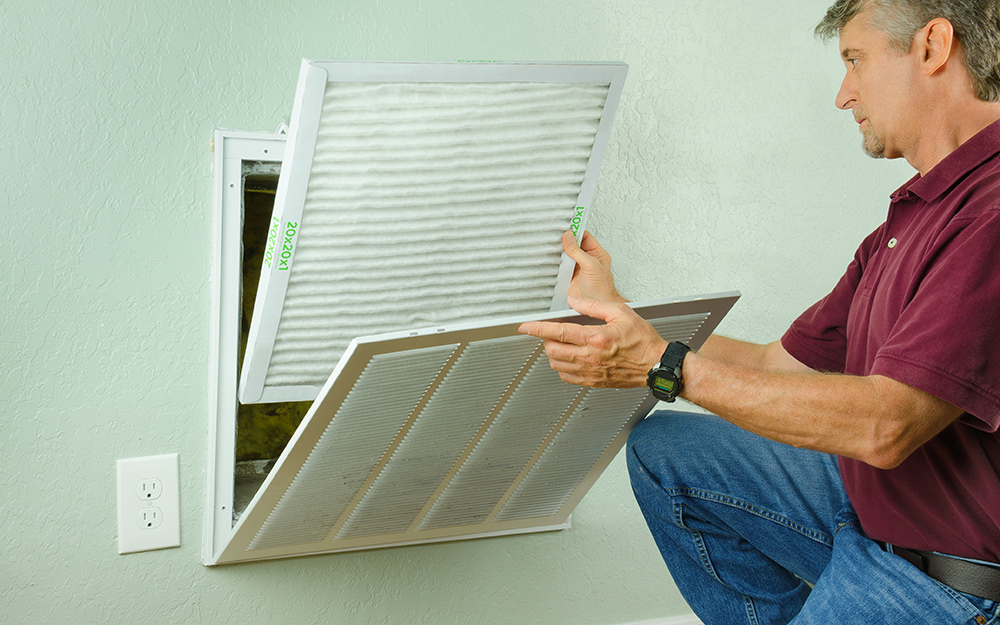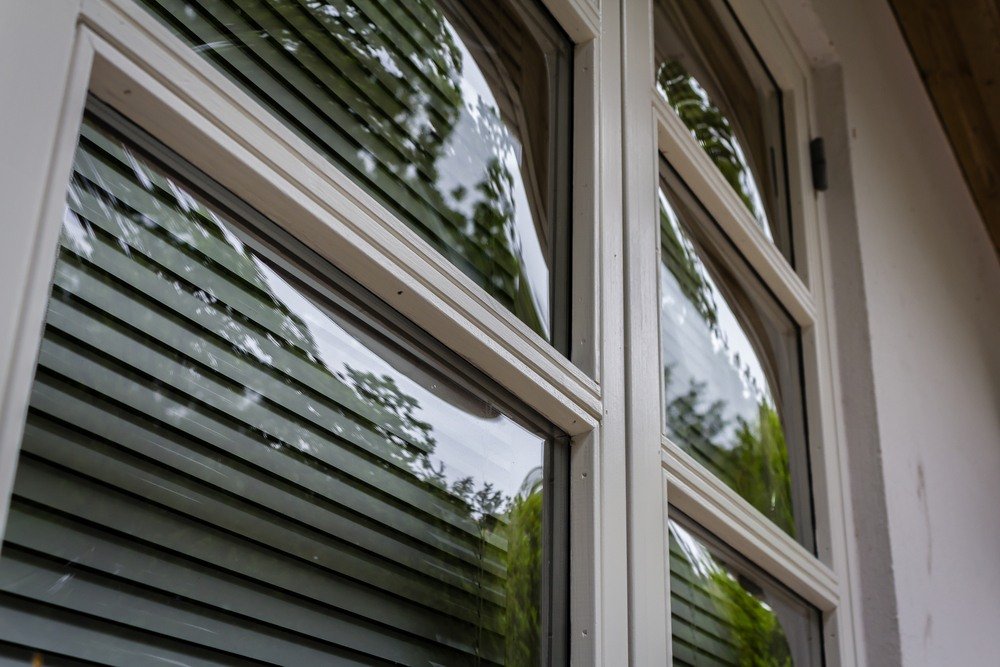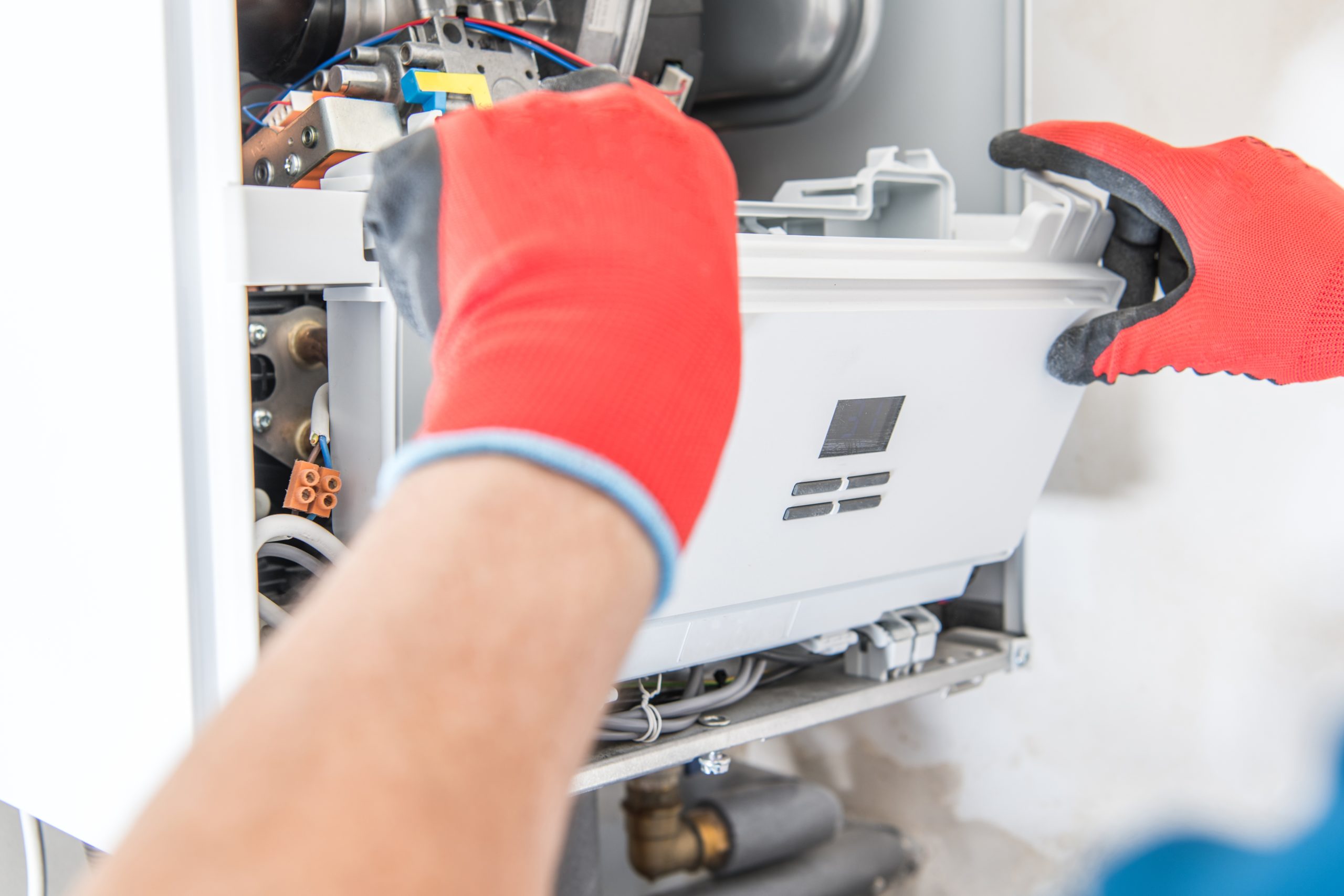The winter months can bring below-freezing temperatures, sleet, snow, and blustery conditions, depending on where you live. All of these elements can prove to be significant competition for your furnace. As the workhorse of your home in the winter, your furnace must combat cool outside temperatures to deliver consistent warmth throughout your house. The constant stress of operation each winter could take a toll on your equipment.
In general, most furnaces have a lifespan of close to 20 years. Without major damage or equipment failure, you can expect your furnace to deliver warm air for several winters. With proper care and regular maintenance, however, you can extend the lifespan of your furnace well beyond the expected 20 years. On the other hand, with increased demands and maintenance neglect, you could experience premature equipment failure and face expensive replacements costs in as few as 5 to 10 years. To avoid unnecessary expenses for repairs or a replacement furnace, there are a few things that you can do.
Just like you care for your vehicle or other mechanical items, you want to make sure that you pay regular attention to your furnace to ensure that it keeps your home comfortable. From routine maintenance and inspection to cleaning, homeowners can take several steps to get furnaces running. Let’s take a look at some things that you can do to extend the lifespan of your furnace.
Invest in regular fall maintenance.

Most furnace manufacturers recommend that homeowners have the equipment serviced every fall before the increased demands of winter. During a regular tune-up, a qualified HVAC professional will inspect the equipment, clean off burners and other components, lubricate internal parts, tighten belts, secure connections, and check for any other minor issues. Over the course of normal use, wear and tear can create small cracks, leaks, and other issues. Regular fall maintenance will ensure that many of these minor issues are addressed before they become larger issues and lead to additional stress on your equipment. If you want to extend the lifespan of your furnace, you should invest in routine maintenance to make sure that your equipment is running at peak performance for many winter seasons.
Regularly replace air filters.

As a homeowner, there are several things that you need to do around your house regularly to help maintain it. One of the more important tasks you need to do frequently is replacing your air filters. A dirty air filter can wreak havoc on your furnace. As air attempts to flow to the furnace, it can be impeded by dirt, dust, and debris built up on the filter. As your furnace tries to pull air through your clogged filter, it has to work harder and expend more energy. The winter months are already taxing on your equipment, and if your furnace has to work even harder to move air, it could drastically impact performance and average lifespan. Consider the harmful effects to your vehicle’s engine if you never changed the oil. Your filters need to be replaced often to ensure that your furnace doesn’t have to fight to circulate air.
Increase your system’s efficiency.

In general, a furnace that works harder will give out sooner. To increase the life expectancy of your equipment, you need to do everything possible to help relieve the stress placed on your furnace. Aside from changing out your filters, ensure that all of your vents are open and clear so that air can flow freely. You can also seal up ductwork to prevent warm air from escaping into your basement, attic, or walls. Additionally, you ensure that your doors and windows are energy-efficient and help keep your home warm.
Your furnace can exceed the expected 20-year lifespan with proper care and maintenance. Keep your furnace in working order by investing in regular maintenance, replacing filters frequently, and reducing as much workload off of your system as possible.

